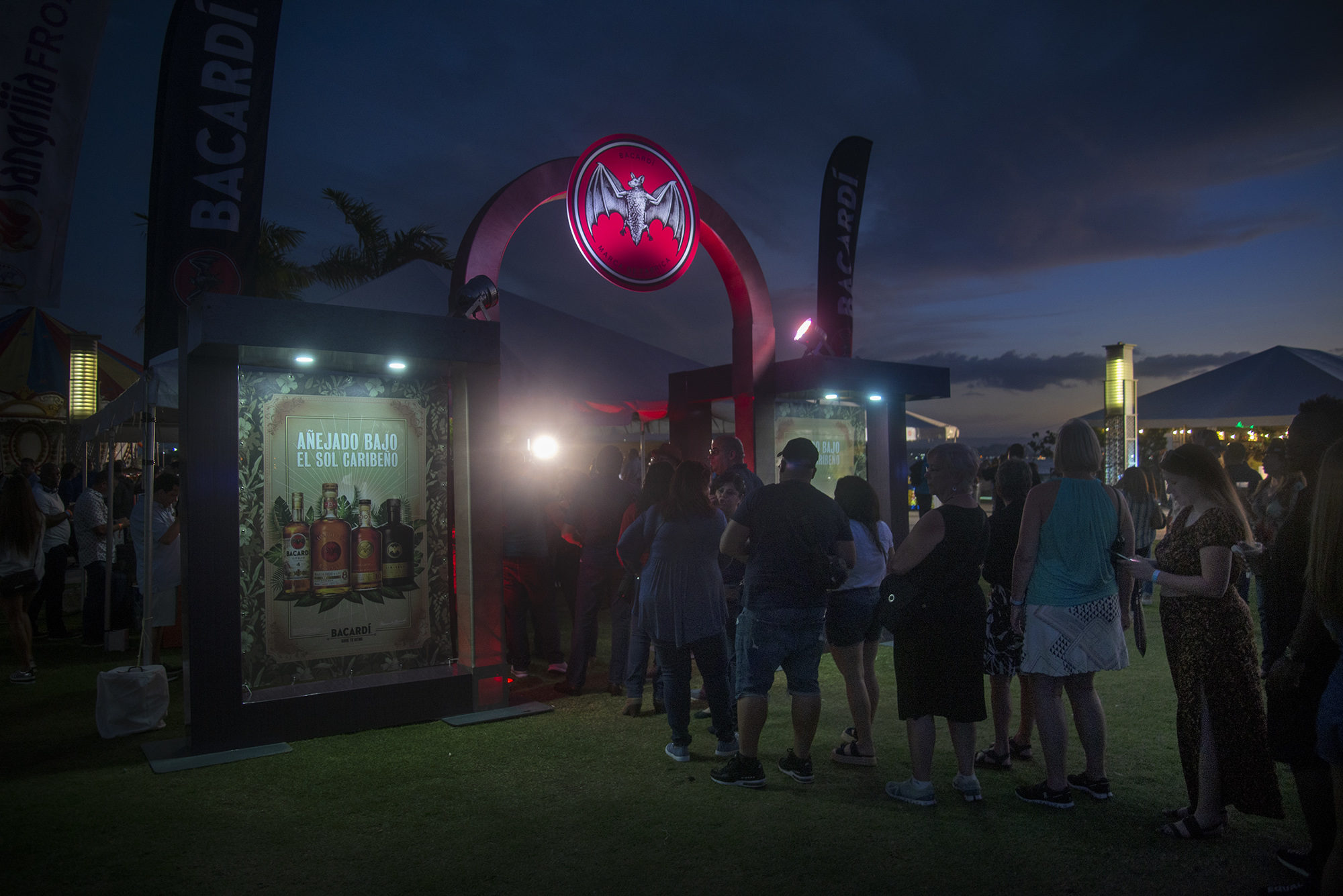
With the sun setting behind the palm trees in Old San Juan, the Taste of Rum festival glows in pink light. Tents and food vendors line the grounds. Hundreds of people wander among the rum stands playing games and singing along to the music drifting from a nearby stage.
The most popular stand is a blue-lit bar plastered with Don Q signs. Here Elisur Rodríguez, vice president of the Association of Bartenders of Puerto Rico, serves up Cuba libres and piña coladas, the national drink of Puerto Rico.
The Taste of Rum festival showcases why the island is the “Rum Capital” of the world. Puerto Rico produces more than 70 percent of the rum that is consumed on the U.S. mainland. This makes rum one of the chief exports of the island. Puerto Rico’s distilleries combined produce more than 80 types of rum.
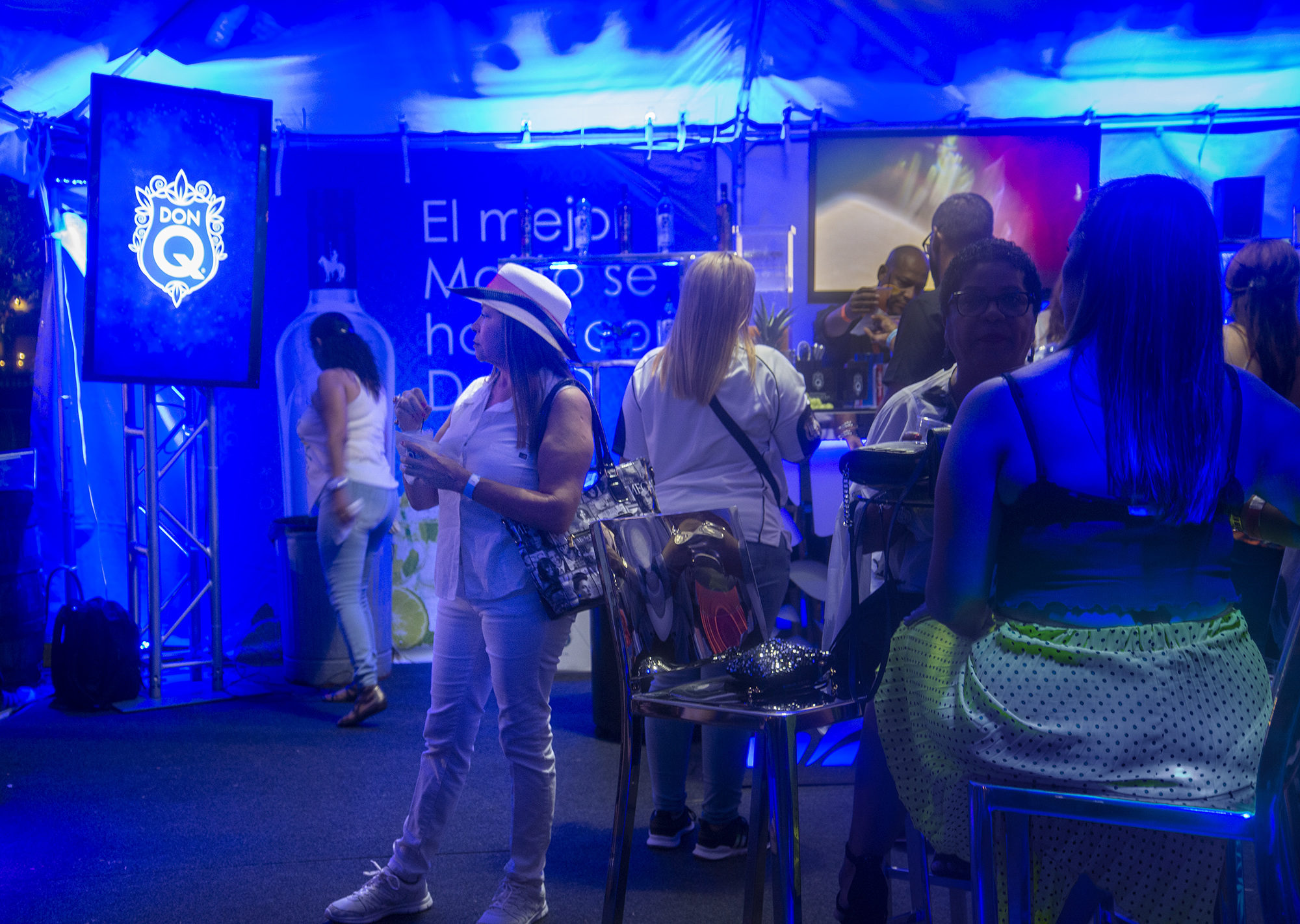
“We are in the land of rum and we are the producers of the best rum of the world. And we need to show people what we are doing right now,” said Jaiker Soto, rum distiller and master blender at Don Q. “Using the knowledge to educate consumers is part of our goal.”
The production of rum in Puerto Rico dates back to the 15th century and originated as a byproduct of the sugar cane industry. Laborers discovered that mixing molasses, derived from sugar cane, with water and fermenting it created the alcoholic beverage variously described at the time as ‘kill devil,’ ‘demon water,’ or ‘pirate’s drink.’
Today, the University of Puerto Rico has the world’s largest research laboratory dedicated to rum. The territory’s government has enacted laws defining what can and cannot be called Puerto Rican rum.
Don Q, the top seller in Puerto Rico, is located about an hour and a half away from the rum festival near the city of Ponce. Founded in 1865, the distillery is the oldest family-owned business that originated in Puerto Rico and brings in around $100 million annually to the economy.
Soto was at the rum festival to explain the traditions of Don Q. Back at Destilería Serrallés, the manufacturing plant of Don Q, he talked about his work with a voice almost as smooth as the rum.
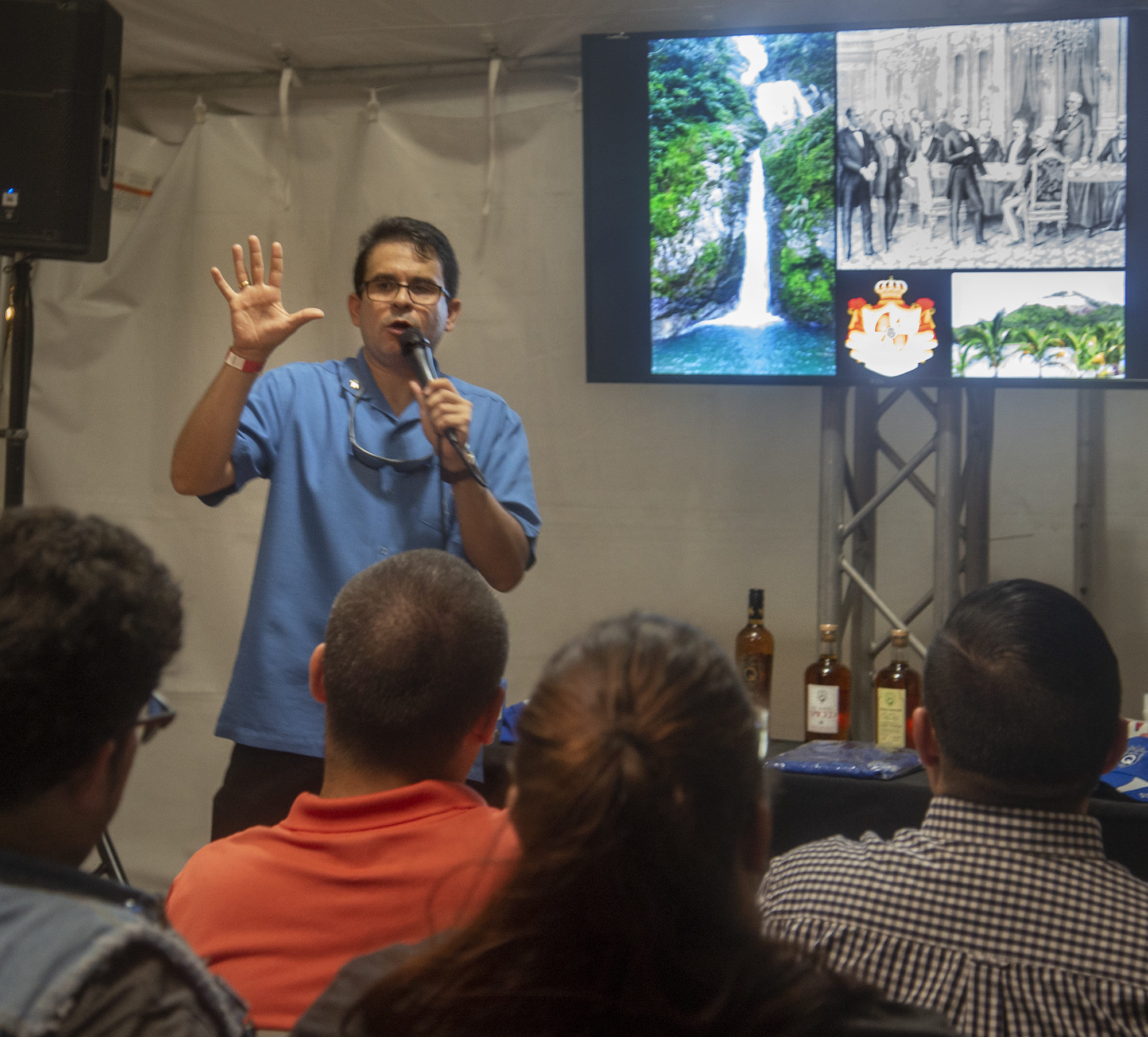
“We want to show people how we manage the rum-making process, handle the raw materials, ferment, distill, age our rums and finally how we blend and bottle this beautiful and delicious product,” Soto said as he stood in front of an assortment of Don Q products in the company’s training room.
Silvia Santiago, senior vice president of manufacturing, said Puerto Ricans see Don Q as a part of them.
“One of the things that we emphasize the most is that we are from here, we are proud of what we are, and we are proud of our people. We are there with them, during birth, celebrations, weddings, birthdays and even in death,” Santiago said. “Here in Puerto Rico it is quite common for the family to meet in [the] house of the person who died and stay there for the night. Our rum was always there. It was part of every celebration, even the sad ones.”
Santiago is a slight woman who talks about rum with passion. She keeps her hair short and her dress professional. When she was hired 45 years ago, she was the only woman working in the production area. Today, she occupies a large office whose shelves are lined with Don Q bottles.
Part of what makes Don Q different from other brands on the island or in the world, Santiago said, is the aging process: the angel’s share — the evaporation losses due to aging — is high in Puerto Rico because of the temperature and the humidity. Other factors in rum quality include ingredients such as yeast and water.
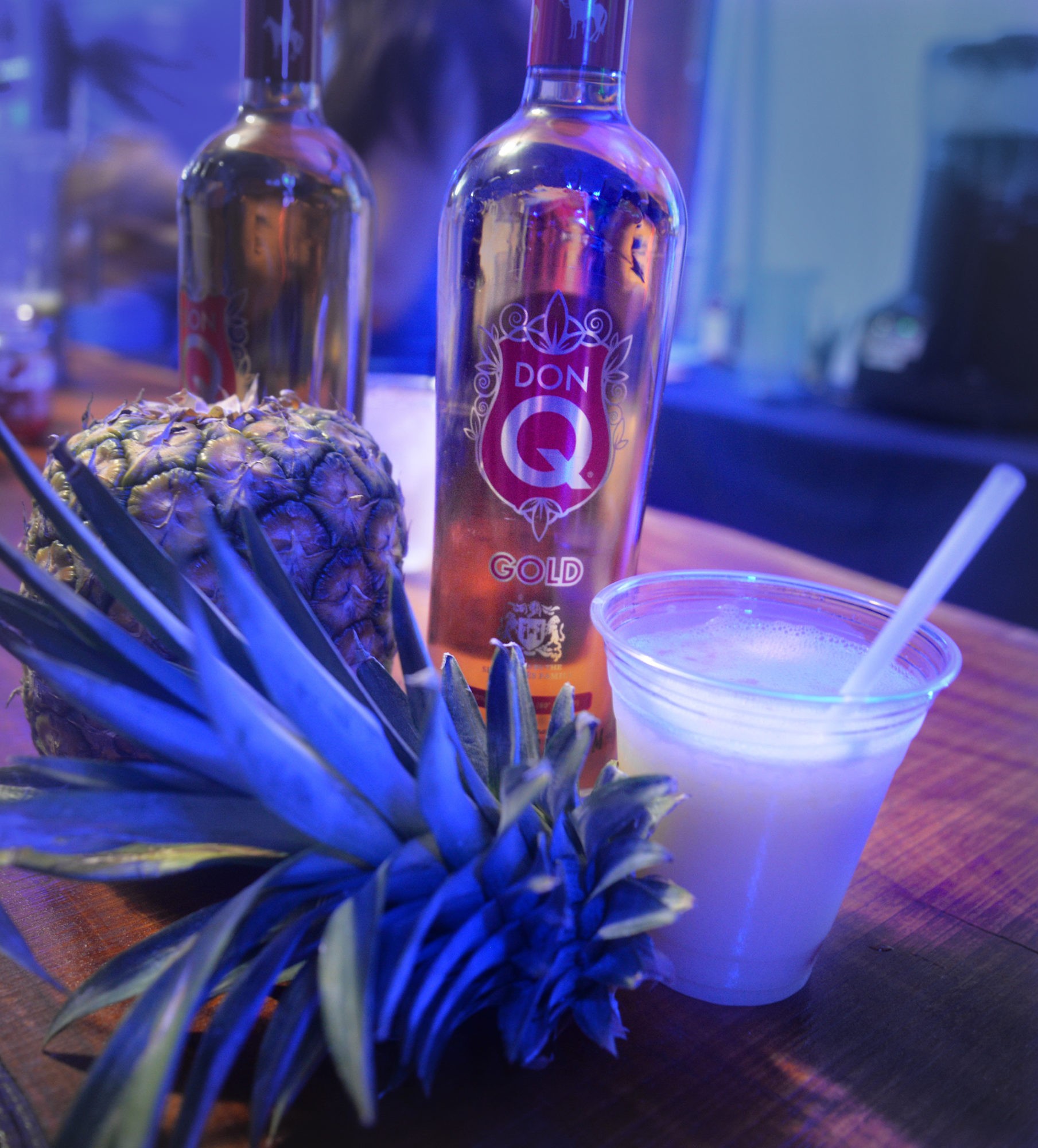
“We have our own yeast; we don’t buy commercial yeast. From the cane sugar stem, they recovered this specific strain that after many studies they found was the best one in terms of efficiency and sensory character,” Santiago said. “In Spanish I call it ‘my loved one’ because I know that it is a noble strain of yeast. It is so strong and works hard; it is my best worker.”
Don Q is unique in that it gets its water from the mountain streams and purifies it on site. At the same location, the company has about seven warehouses where around 100,000 bottles are aged.
Soto recommends that visitors drink a piña colada. He claims that the original one was made with Don Q Gold back in 1954. There is some debate about whether the first piña colada was made at the Caribe Hilton, one of the premier luxury hotels in San Juan, or at the Barrachina restaurant, where a competing version of the drink’s birth is enshrined on a marble plaque. Either way, the piña colada became the national drink of Puerto Rico. The rum you mix it with shows if you are a local, according to an Uber driver.
“Bacardí is for the tourists,” says Luis Garay, a driver for over a year. “If you want a divorce, have a drink of Bacardí and then kiss your wife.”
At the rum festival, some tourists gravitated to the smaller brands that are beginning to stake their claims to market share. Sol Taino Spirits produces what is known as “moonshine rum” and is the only certified craft distillery in Puerto Rico.
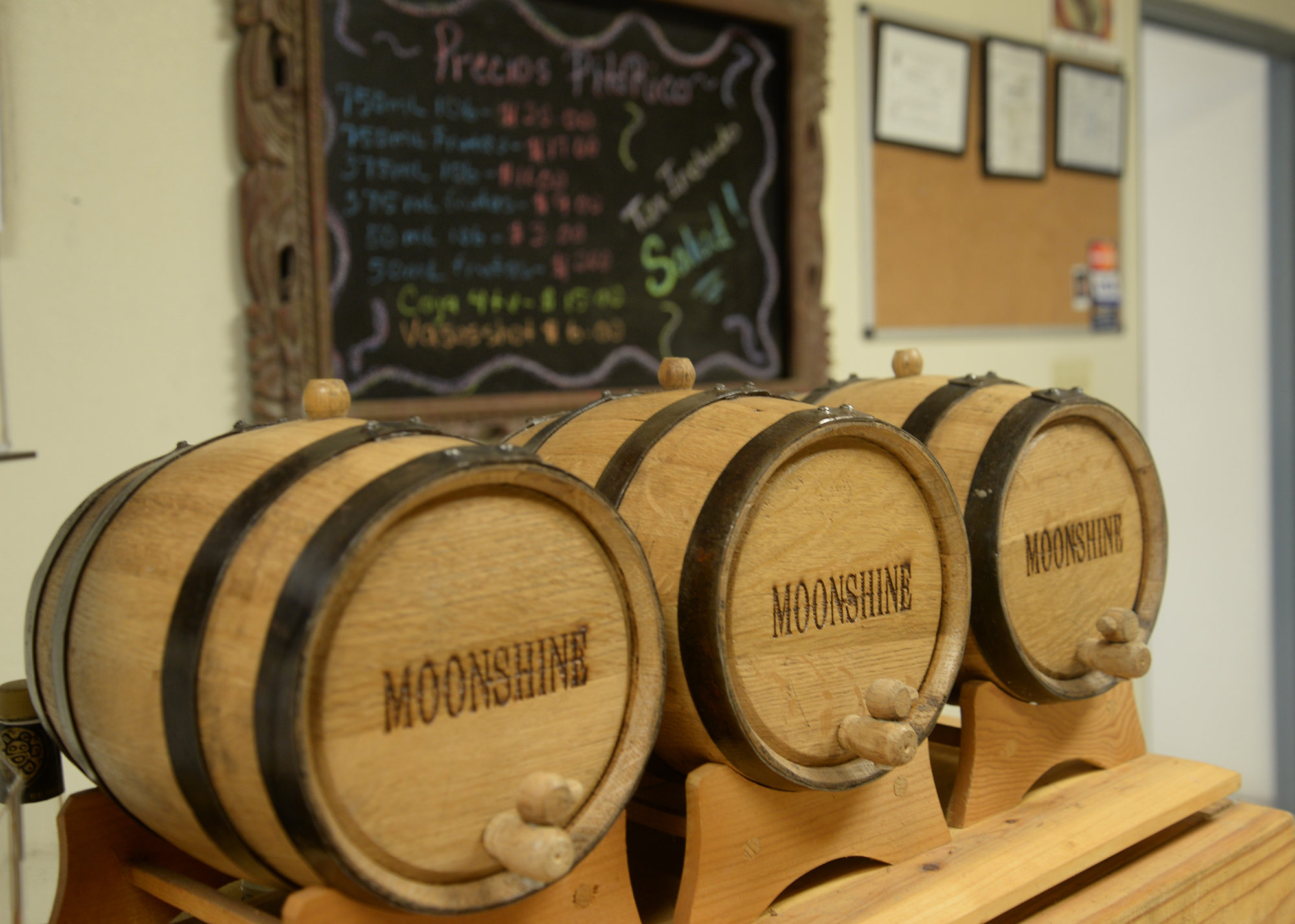
Located in the mountains of Jayuya, Sol Taino evokes both family legacy and Puerto Rican heritage. The brand name originates from the native Taíno Indians, pre-Columbian descendants of the Arawak who lived in Jayuya. The distillery’s symbol is a drawing left behind by the Taino that depicts the first part of the name, Sol — Spanish for ‘sun.’
To reach Destileria Cruz, the distillery where Sol Taino rum is made, you have to drive up winding ribbon-thin roads through the mountains. Every turn is a tight one, and you never know when another car might fly around the bend blaring Latin melodies.
Outside the building is a 30,000-gallon molasses tank, about a three-month supply. Cesar Torres, the main distiller and blender, greets customers with a smile and a welcoming attitude.
He has been with the company since mid-2015. Before that he was a diesel mechanic. Luis Cruz, CEO of Sol Taino Spirits, said he wanted to create job opportunities in the mountains of Jayuya and found his employees from a variety of backgrounds. The operations manager, Jacky Torres, was a grade school teacher before taking a role at the distillery.
Don José Luis Cruz uses a time-honored family recipe to handcraft the pitorro, the traditional moonshine rum that was served “under the table” by locals for generations. The American Distilling Institute has given three of Cruz’s spirits the designation of “craft spirits.”
By government regulation, Sol Taino has to produce fewer than 100,000 proof gallons — a proof gallon is one liquid gallon of spirits that is 50 percent alcohol at 60 degrees Fahrenheit — to be considered a micro-distillery.
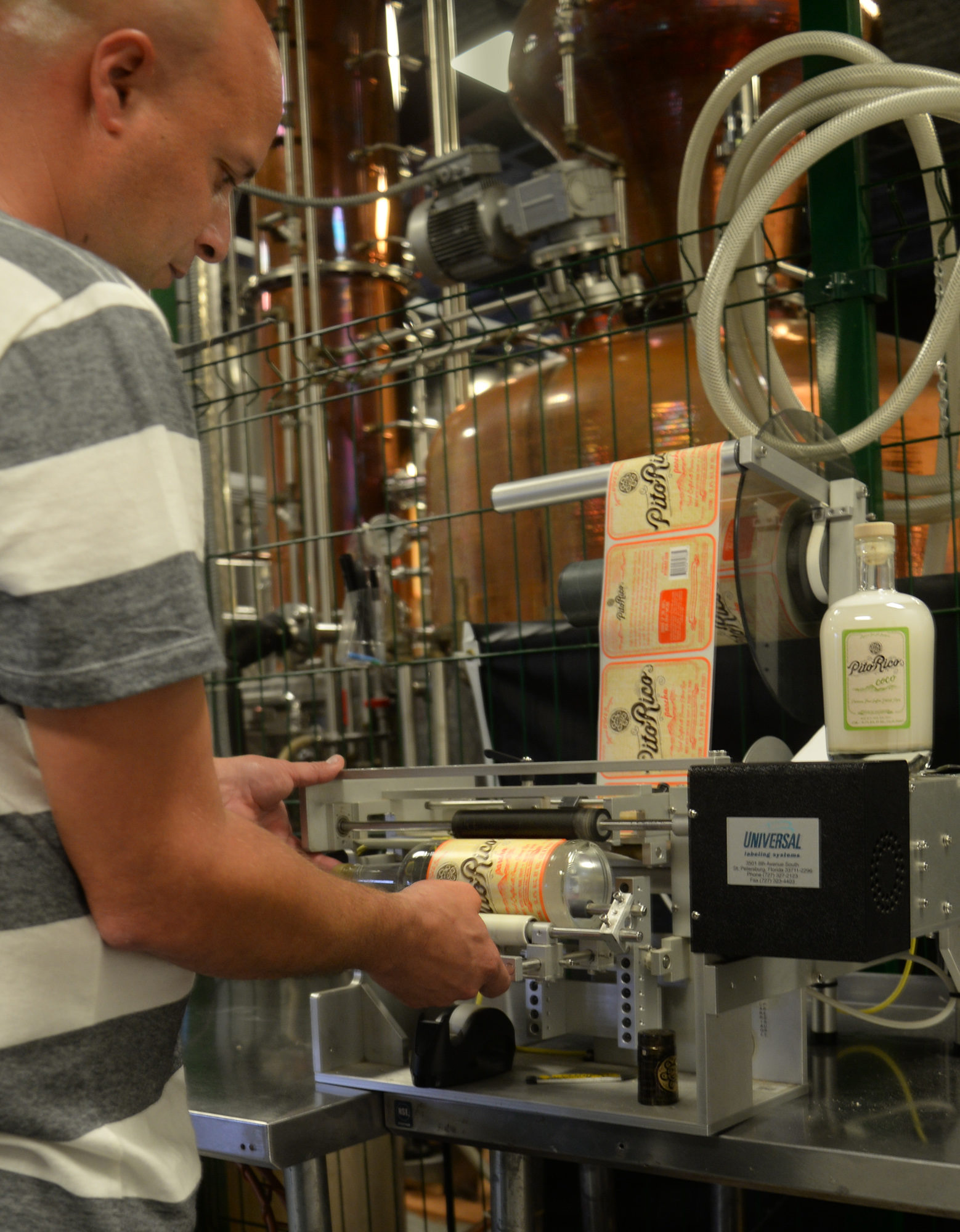
The company began production in 2012. In 2016, Cruz took over for his father. At that point, Cruz wanted to take the distillery from a producer of pitorro, which is sugarcane moonshine, to a craft distillery.
On the island, there are special tax cuts are granted to companies that produce rum since it is such a large contributor to the economy. Cruz’s goal was to transform a mass production operation into a craft micro distillery, the only one in Puerto Rico. It was important to him to create not only local jobs, but also connections to the bars in the area.
“This is how to really change the game of how we do spirits in Puerto Rico and challenge the government structure that is very biased still towards rum,” Cruz said. “We have a very large effort integrating cocktail lounges and bartender associations with our distillery to really think of this as a value chain, not just as a rum with a romantic history.”
To reinforce a sense of family among his employees, Cruz made it a horizontal company. He opened the books to make the company transparent to his team. Employees can access everything from long-term production goals to each other’s salaries.
When Cruz is introduced at an event, people often say, “You see that guy? He’s one of my coworkers and he’s the owner.”
The company is best known for its pitorro. Typically a homemade seasonal drink, it is mixed with Coquito, a coconut-based alcoholic beverage similar to eggnog, and served at Christmastime. Cruze wanted to overcome this holiday association. “We decided to go straight to the bartender,” he said. “We went on a three-month tour of all the cocktail bars in Puerto Rico and basically walked up and put a business card and a bottle on the bar and said, ‘make me something special.’”
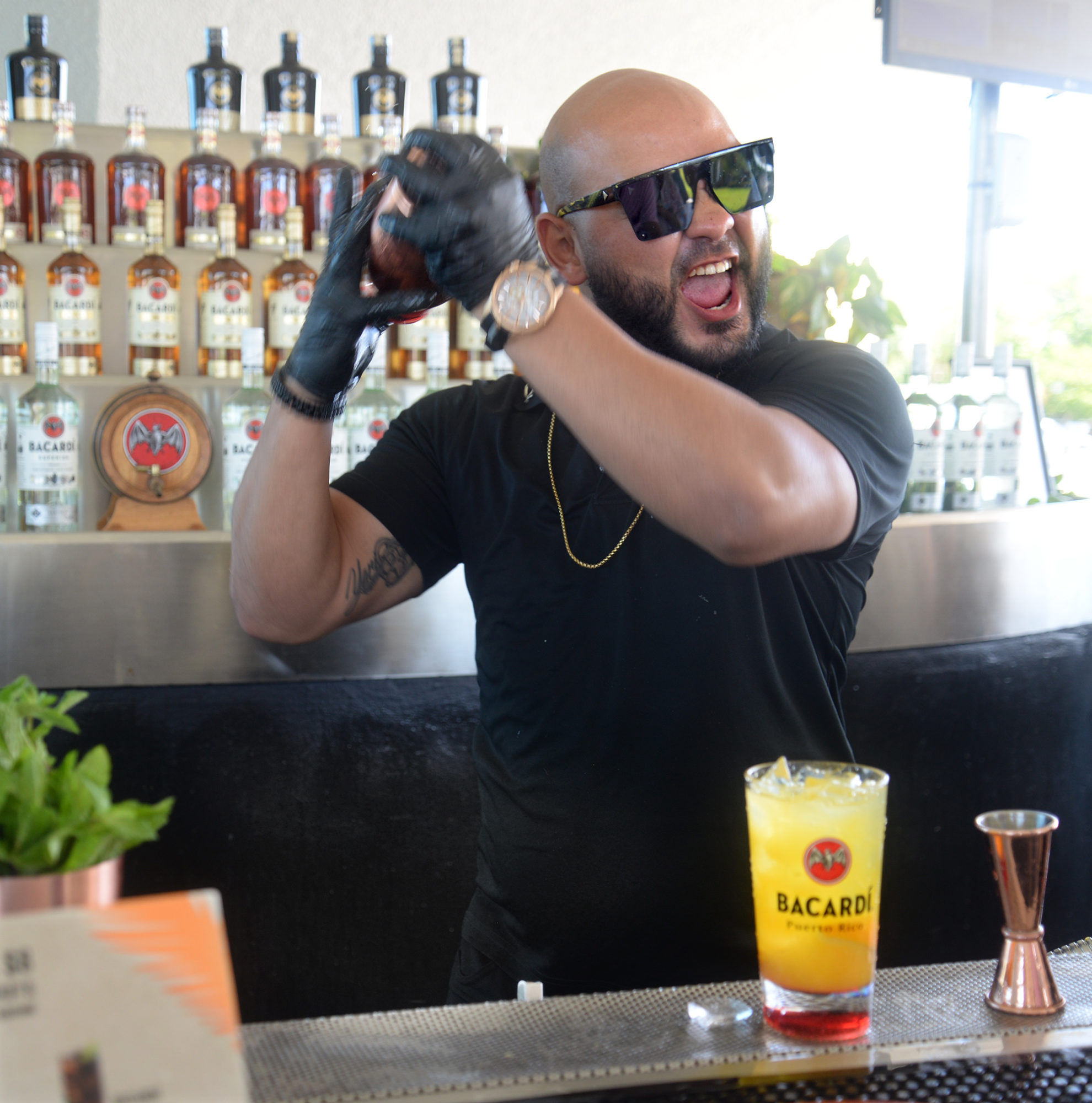
Hurricane Maria disrupted the rum industry, as it did many businesses on the island. The planning in place was not enough to sustain production after the storm passed. Without electricity, everything shut down.
Sol Taino Spirits flooded and incurred some rot. Damage to the distillery itself was limited to the windows and doors. Within a month of the power coming back on, they were able to go back to part-time and then full-time production.
The hurricane took an even heavier toll on Don Q, which lost back-up generators, a roof and even bottling equipment.
“We thought we were ready,” Santiago recalled. “We had two emergency generators that covered the whole operation. We thought that we could run even if there was no electricity on the island. After 14 hours of listening to [what sounded like] a huge turbine on top of us, slowly but surely we lost all communications. The roof of the bottling plant collapsed. A concrete building collapsed; I couldn’t believe it. I thought that we weren’t going to produce one more bottle in that line.”
Even emergency generators were not enough to keep Don Q functioning at the usual level. Both generators failed due to damage caused by the salinity of the rain. Part of the new-and-improved hurricane plan has been the addition of five emergency generators.
Both distilleries are fully recovered, or almost fully recovered now.
Santiago’s eyes watered as she spoke of the hardship her company endured and the way employees pulled together.
“When we consider all the different damages that we suffered, in three weeks 40 percent of the production lines were reactivated, in seven weeks, 70 percent of the production lines were running and in eight weeks almost 100 percent was up and running,” she said. “Really it is the result of the effort of our employees. The engineers came early and went home really late.”
Although Sol Taino Spirits sustained less damage than Don Q, it took longer for power to be restored in the mountains of Jayuya.
“I actually spent the storm inside of the distillery,” Cruz said. “My house did not survive. Without electricity or water we had to close. It took about eight months for the electricity to come back on; once it did, we were able to make things work.”
If this year’s rum festival is any indication, both large and small producers are back in business almost two years after the hurricane, once again serving up the island’s potent and popular potable.